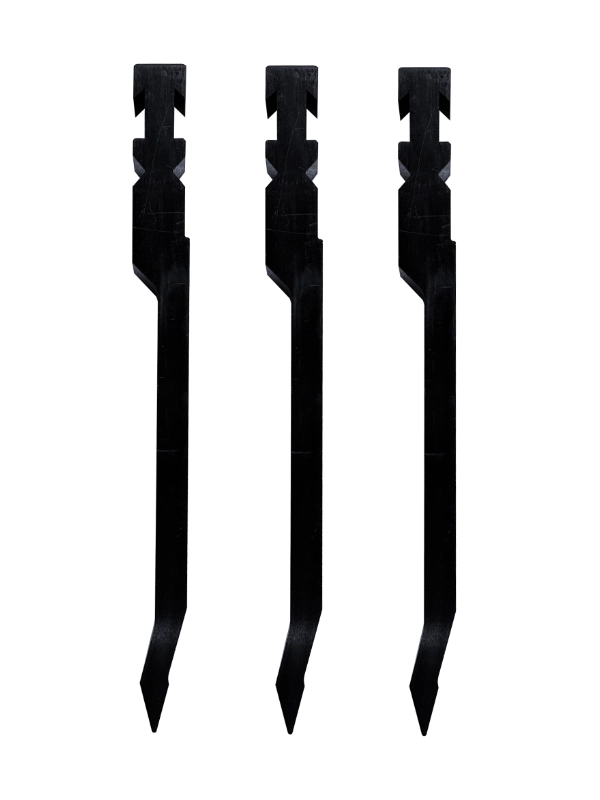In the world of sheet metal fabrication, the selection of press brake dies and punch is a critical decision that can significantly impact the quality, efficiency, and cost-effectiveness of your operations. Choosing the right tooling is not just about matching the punch and die to the material and machine; it's about understanding the nuances of the bending process and how each component contributes to the final product. In this blog, we will delve into the essential factors to consider when selecting press brake punch and dies, ensuring that your bending operations are precise, safe, and productive.

Understanding Material and Thickness:
The type of material and its thickness are foundational to your tooling selection. Different materials, from mild steel to stainless steel and aluminum, have unique properties that require specific tooling considerations. The thickness of the material directly influences the V-die opening and the punch selection, with the general rule of thumb being a V-die opening eight times the material thickness for optimal results.
Bend Radius and Punch Selection:
The desired bend radius is another critical factor. A punch that is too large can lead to excessive material stretching and potential failure, while a punch that is too small may not achieve the desired bend. The right punch ensures clean, accurate bends without damaging the workpiece. For materials 0.187 in. and thinner, an acute offset knife punch is often the go-to choice, while thicker materials may necessitate a straight punch with a larger radius.
Tool Material and Precision:
The material of the punch and die must be durable enough to withstand the forces of bending without deforming or wearing out prematurely. High-quality tool steel is a common choice, with options ranging from carbon tool steel for low to medium production volumes to high-speed steel and carbide for high-volume or demanding applications. Precision is equally important, with tooling typically manufactured to tight tolerances to ensure consistent, accurate bending every time.
Safety, Accessibility, and Machine Compatibility:
Safety should never be compromised. Look for tooling with features that enhance operator safety, such as self-retaining installation and front-loading capabilities. Accessibility is also key, as it can reduce the physical demands on operators and streamline the setup process. Lastly, ensure that the tooling is compatible with your press brake machine, matching the machine's specifications and clamping requirements.
Cost vs. Performance Trade-off:
While high-quality tooling can come with a higher initial cost, it often leads to better part quality, reduced downtime, and longer tool life. It's essential to weigh the upfront investment against the potential savings and productivity gains in the long run.
Supplier Support and Expertise:
Choosing a supplier with a track record of providing excellent technical support and guidance can make the selection process much smoother. A knowledgeable supplier can offer insights based on your specific application, provide bending charts, and even simulation software to optimize your bending operations.
Selecting the right press brake dies and punch is a multifaceted decision that requires a deep understanding of the bending process and the materials involved. By considering the factors outlined in this guide, you can make informed choices that will enhance the precision, efficiency, and safety of your press brake operations. Remember, the right tooling is not just about getting the job done—it's about getting the job done right, every time.
